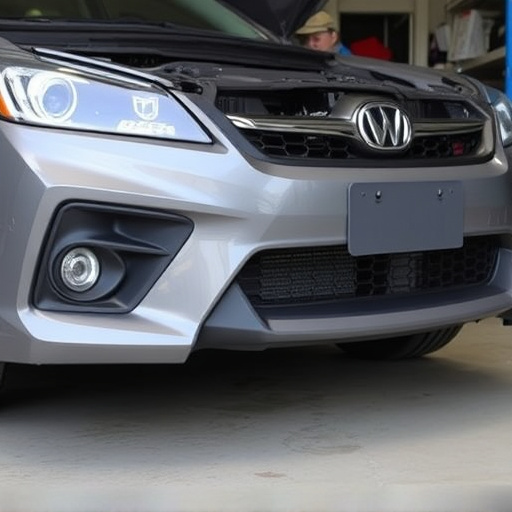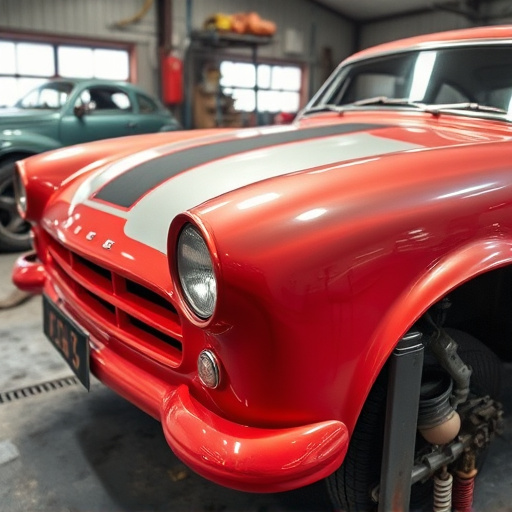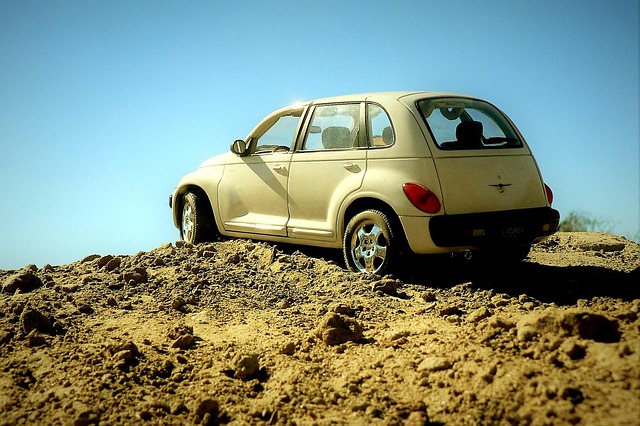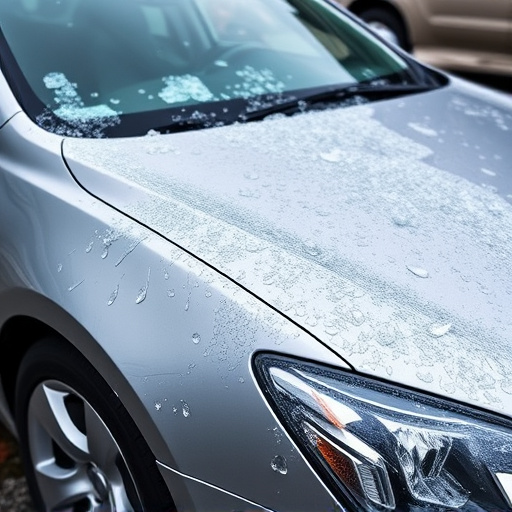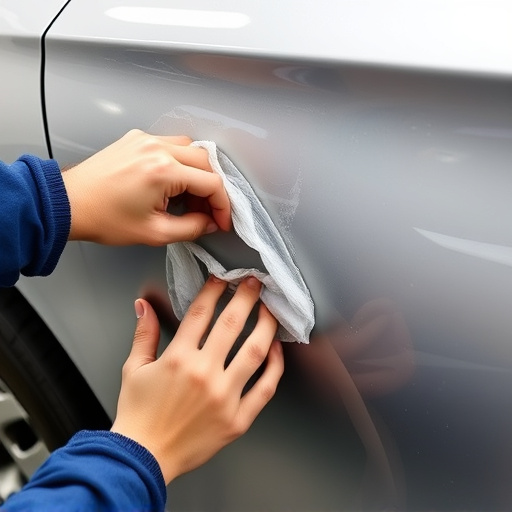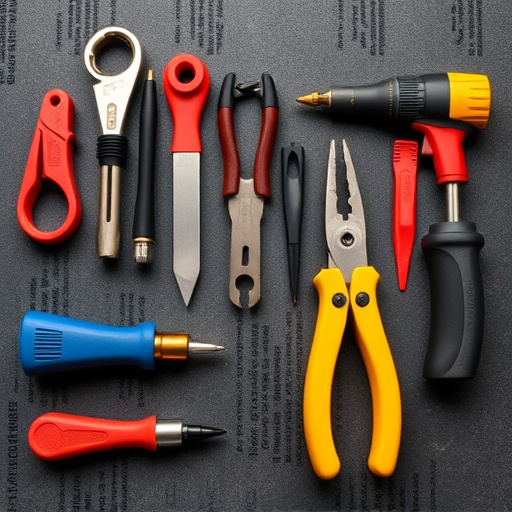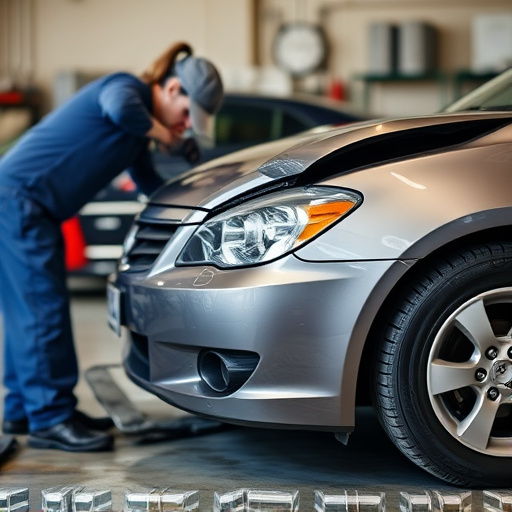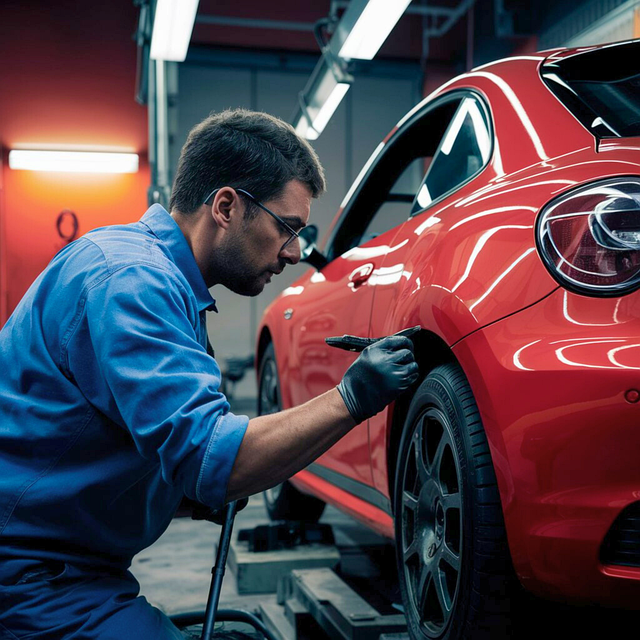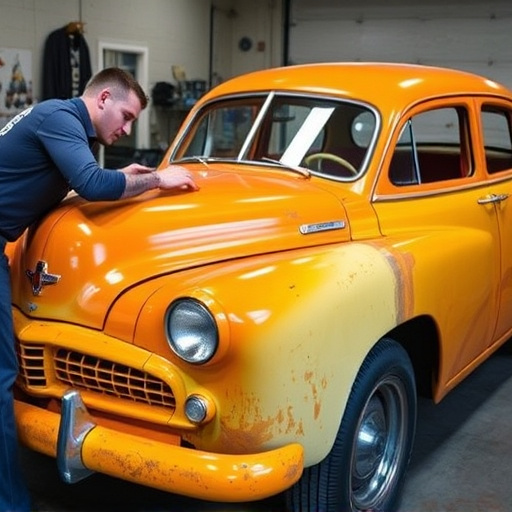Rear window repair solutions vary based on damage severity, from DIY kits for minor cracks and chips to professional auto body shop intervention for complete breaks or significant dents. Autoclave and manual techniques, offering precise results and flexibility respectively, cater to different needs. Always assess damage extent and consult specialists for safe, effective restoration.
“Enhance your vehicle’s safety and aesthetics with our comprehensive guide to advanced rear window repair methods. This article equips you with essential knowledge to tackle common damage types, from cracks to breaks. Learn about autoclave vs. manual repairs, factors influencing method selection, and step-by-step application of resin and hardener for optimal results. Additionally, discover maintenance tips to ensure longevity of your repaired rear window, including UV protection strategies.”
- Assessing Damage and Choosing the Right Repair Method
- – Identifying common types of rear window damage (cracks, chips, breaks)
- – Understanding different repair techniques: autoclave vs. manual repairs
Assessing Damage and Choosing the Right Repair Method

When it comes to rear window repair, assessing the damage is the first step towards choosing the most effective solution. Cracks, chips, or complete shatters require different approaches. For smaller cracks and chips, a resin-based repair kit might be sufficient to restore your window’s clarity and structural integrity. These DIY kits are affordable and easy to use, making them a popular choice for minor damage.
For more severe cases, where the rear window is completely shattered or has significant dents, it may be best to consult a professional car body shop. Auto body repairs specialists have the tools and expertise to handle complex rear window issues. They can offer options like replacing the entire glass or utilizing advanced dent removal techniques to fix deeply embedded damage. Choosing the right repair method not only ensures the safety of your vehicle but also maintains its aesthetic appeal.
– Identifying common types of rear window damage (cracks, chips, breaks)

Rear window damage can range from small cracks to large breaks, each requiring specific attention during repair. Identifying the type of damage is crucial for effective rear window repair. Cracks, often resulting from minor impacts or weather-related conditions, can vary in depth and length. Chips, usually caused by debris or stones hitting the glass, may appear as small, scattered damage spots. Breaks, on the other hand, involve partial or complete separation of the glass along a line, and can range from minor cracks to significant structural failures that require professional auto body repairs.
Understanding these variations is essential for choosing the right rear window repair methods. For minor cracks, DIY kits are available, offering a cost-effective solution. However, for chips and breaks, especially those impacting the car’s safety or aesthetics, it’s recommended to seek professional assistance. Auto body specialists have access to specialized tools and techniques for bumper repair and car body repair, ensuring a secure and seamless fit, preserving both functionality and visual appeal of your vehicle’s rear window.
– Understanding different repair techniques: autoclave vs. manual repairs

When it comes to rear window repair, understanding the different techniques available is key. One method, autoclave repairs, involves specialized equipment that uses heat and pressure to fuse broken pieces together. This is often considered a more advanced approach, ensuring precise results for complex cracks or chips. On the other hand, manual repairs are a traditional method performed by skilled technicians using their expertise and hand tools. While it requires considerable dexterity, it offers flexibility in handling various rear window issues without relying on heavy machinery.
Choosing between these techniques depends on the extent of the damage and your trusted car body shop’s capabilities. Collision repair services often employ autoclave technology for its reliability, making it ideal for severe cases. Conversely, manual repairs are suitable for smaller cracks or as a preliminary step before more advanced methods, ensuring cost-effective auto maintenance.
When it comes to rear window repair, knowing the type of damage and understanding the available methods is key. By assessing cracks, chips, or breaks, and considering autoclave or manual repairs, you can make an informed decision to restore your vehicle’s safety and aesthetics. Implementing these advanced tips ensures a durable fix, enhancing both the functionality and value of your vehicle.
